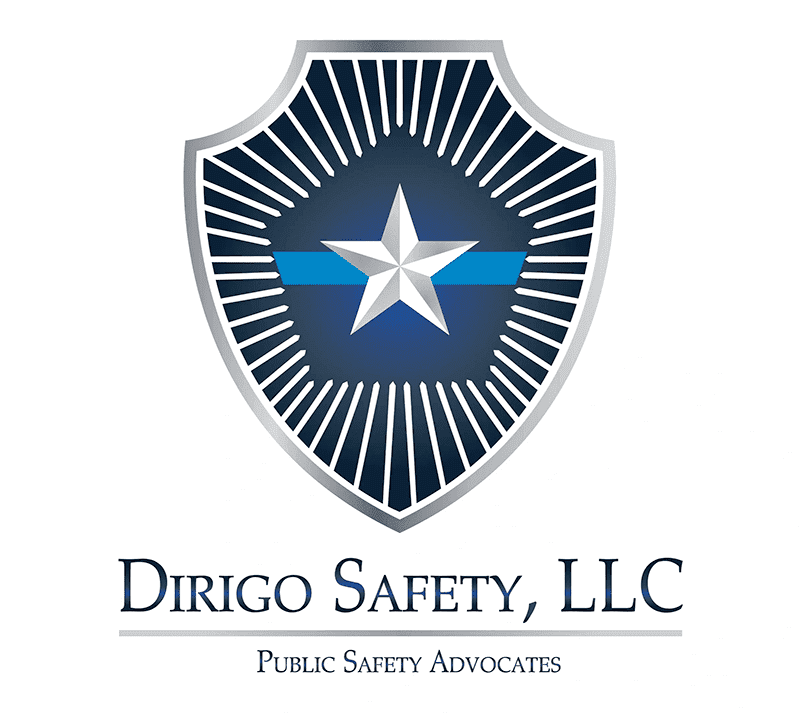Instructional Goal:
This course will cover the rights of juveniles, the disposition of juveniles taken into custody, and juvenile court procedures.
NOTE REGARDING INSTRUCTION OF THIS LESSON PLAN CONTENT The Maine Criminal Justice Academy (MCJA) expects the instructor to teach the concepts outlined in the lesson plan. This expectation allows for variation in instruction style and the creativity to use their own examples/scenarios as discussion points. Instructors may also reorder the concepts taught and use either the PowerPoint presentation prepared for this lesson plan or another PowerPoint presentation that properly address the concepts in this lesson plan
Performance Objectives:
At the end of this unit of instruction, the student will be able to accomplish the following objectives as outlined in the lesson:
Define the purpose of the “Juvenile law.” 15 M.R.S. §3002. The emphasis is on rehabilitation and the prevention of re-offending. Reunion after detention.
Identify the scope of and the authority of the Juvenile Court. This will include:
A. Age Requirement.
B. Circumstances under which a juvenile comes under the jurisdiction of the Juvenile Court.
Recognize the circumstances under which an officer may take a juvenile into custody.
Identify the advisement requirements regarding constitutional rights of a juvenile taken into custody.
Identify the procedural alternatives open to an officer before taking a juvenile into custody.
Identify the requirements about the segregation of juveniles from other prisoners
Identify proper procedures to follow in placing a child in interim care.
Identify legal restrictions on the maintenance of arrest information on juveniles.
Define “juvenile offender,” “juvenile otherwise in need of interim care,” and “runaway.”
Identify common youth service agencies available in Maine.
Identify offenses commonly committed by Juveniles.
Describe the role of the Juvenile Community Corrections Officer.
Identify the general behavioral characteristics of most adolescents.
Identify the ways a patrol officer can contribute to the prevention of delinquency.
Define juvenile delinquency and list five causes of juvenile delinquency.
Compare terms used in criminal court with terms used in juvenile court.
Interpret the 1967 U.S. Supreme Court Decision: In re Gault.
Define truancy and outline the procedure for returning a child to school.
Identify basic practices to follow when transporting juveniles.
Define a “juvenile summons” and identify its purpose.
